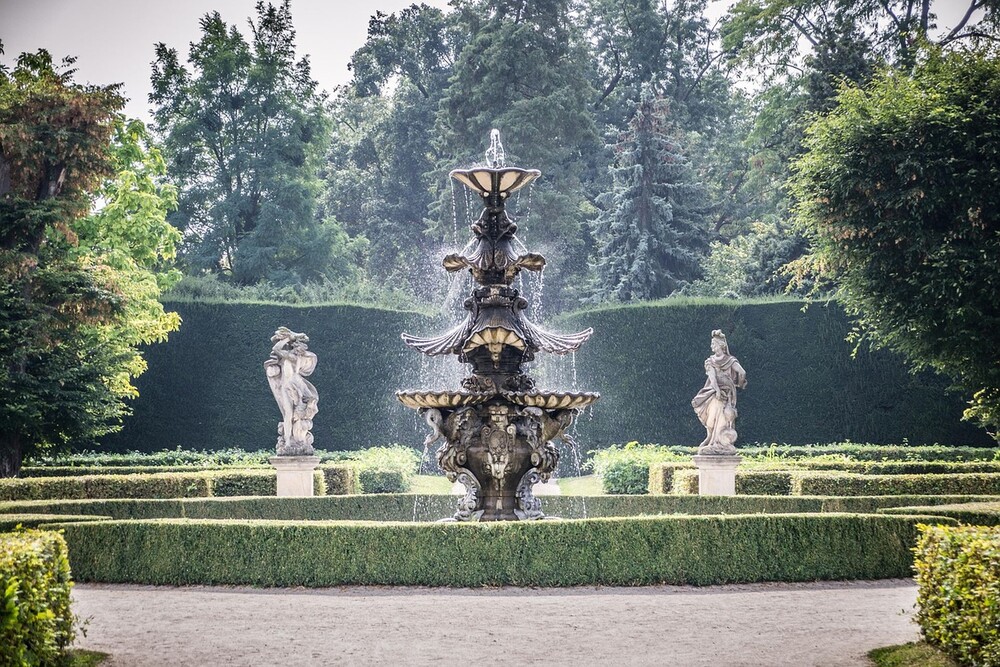Lednice Castle
Lednice Castle is considered one of the most beautiful in the Czech Republic. However, in its earliest days, it was not a castle at all, but a Gothic fortress. From the 14th century, it belonged to the House of Liechtenstein, who began transforming the fortress in the 16th century into a Renaissance chateau.
The castle was demolished in the following century and replaced by a Baroque residence, which included a new garden and riding hall. Lednice Castle acquired its final form in the 19th century.
Throughout this period, the fortress and later the castle remained in the hands of the Liechtenstein family. This changed in 1945, when the property was taken over by the state. During its last major reconstruction, the castle was remodeled in the English Neo-Gothic style, making its appearance truly unique within the Czech lands.
The castle is just as captivating inside. Unsurprisingly, its interior exudes grandeur - especially in the ceremonial halls located on the ground floor. Most visitors are particularly struck by the intricately carved ceilings and walls, adorned with rich wooden paneling.
The first floor of the castle was reserved for the parents, while the second was home to the children and their tutors. These rooms, too, exude a sense of grandeur - though they cannot quite rival the opulence of the ceremonial ground floor.
The cellars are fascinating in their own right, housing stalactite caves that add a touch of natural wonder to the historical setting. Visitors can explore these unique underground spaces as part of a guided tour, offering a rare glimpse into the castle’s hidden depths and the interplay between architecture and nature.
Central Park and Gardens
The estate also includes a French formal garden and an English landscape park. The park connects seamlessly to the castle, as it directly adjoins it. The first mentions of the park date back to the 16th century, and over time, both its size and style evolved. It wasn’t until the 19th century that the park took on its current form.
It is a technically and architecturally demanding work, featuring, among other things, a water tower, a minaret, and a pond with a total of fifteen islands.
The local English-style garden also traces its roots back to the 16th century. However, the exotic trees and plants for which the garden is now renowned were not introduced until the late 18th century.
The Minaret
As mentioned earlier, the castle park also features a minaret. Standing 60 meters tall, it is the tallest structure of its kind in the Czech Republic. While minarets are typically associated with Islamic architecture, this one serves not as a religious symbol but as a romantic ornament within the picturesque park. It was commissioned by Alois I of Liechtenstein and completed in 1804.

